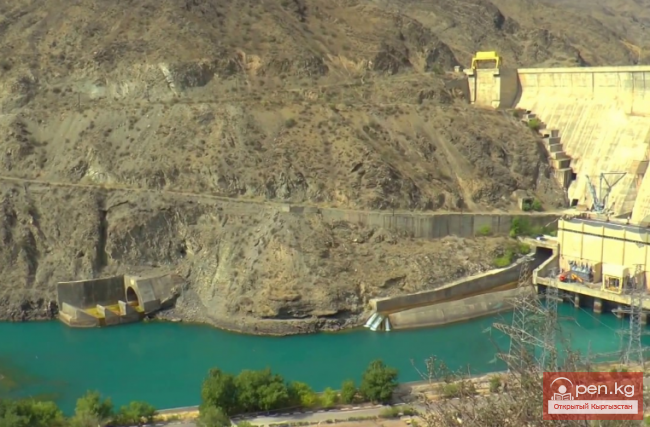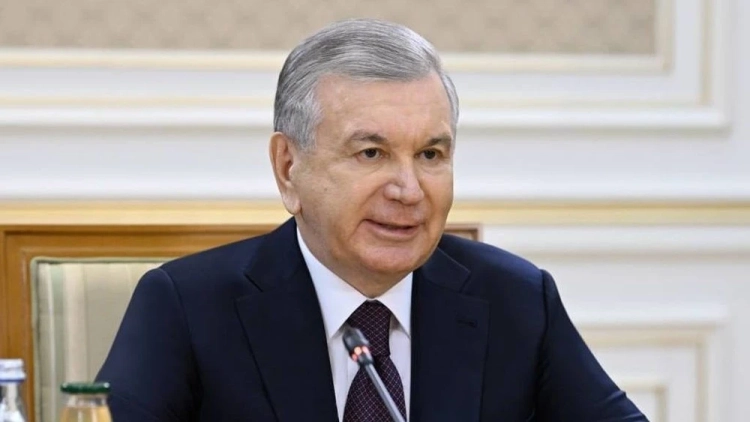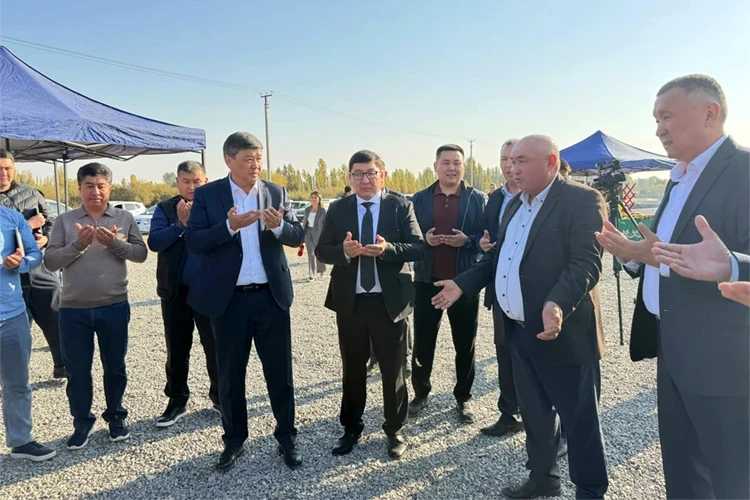According to their morphometric data and regime, artificial water bodies—reservoirs—are similar to lakes. They are created by human hands for the rational use of water resources and over time integrate into the natural-territorial complex as one of the components of the landscape.

Currently, there are about 200 such reservoirs in Kyrgyzstan, most of which are small in volume, no more than 1 million m³. There are 12 reservoirs with a volume of more than 1 million m³ and up to 10 million m³. The largest reservoir is Toktogul, which was commissioned in 1974. Its design volume is 19.5 billion m³. The surface area reaches 284.3 km², the height of the dam is 215 m, the length of the dam is 292 m, and the thickness is 43 m. The main purpose of the Toktogul reservoir is energy production, and its waters are used for irrigation by the neighboring state—Uzbekistan. The following reservoirs are used solely for irrigation: Orto-Tokoy, Tert-Kel, Papan, Kara-Buurin, and others. The Andijan reservoir has been built on the Jazy River in the territory of Kyrgyzstan, the waters of which are fully utilized by the state of Uzbekistan.














































